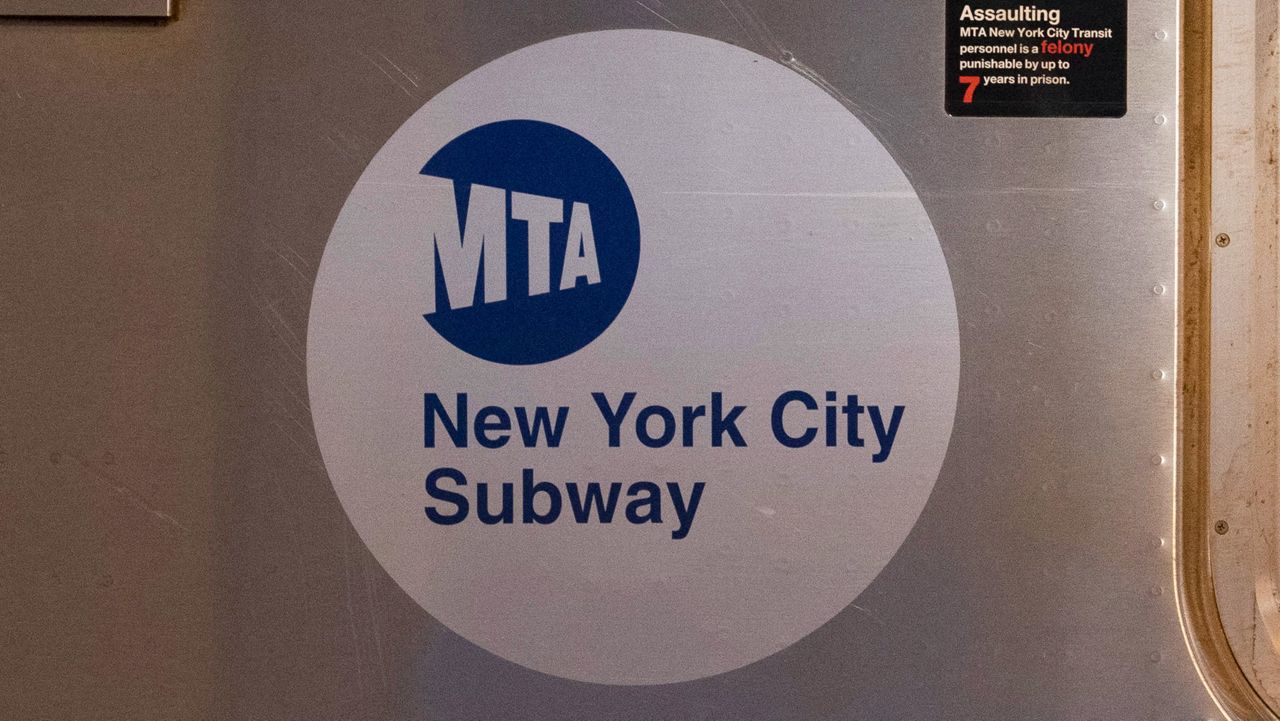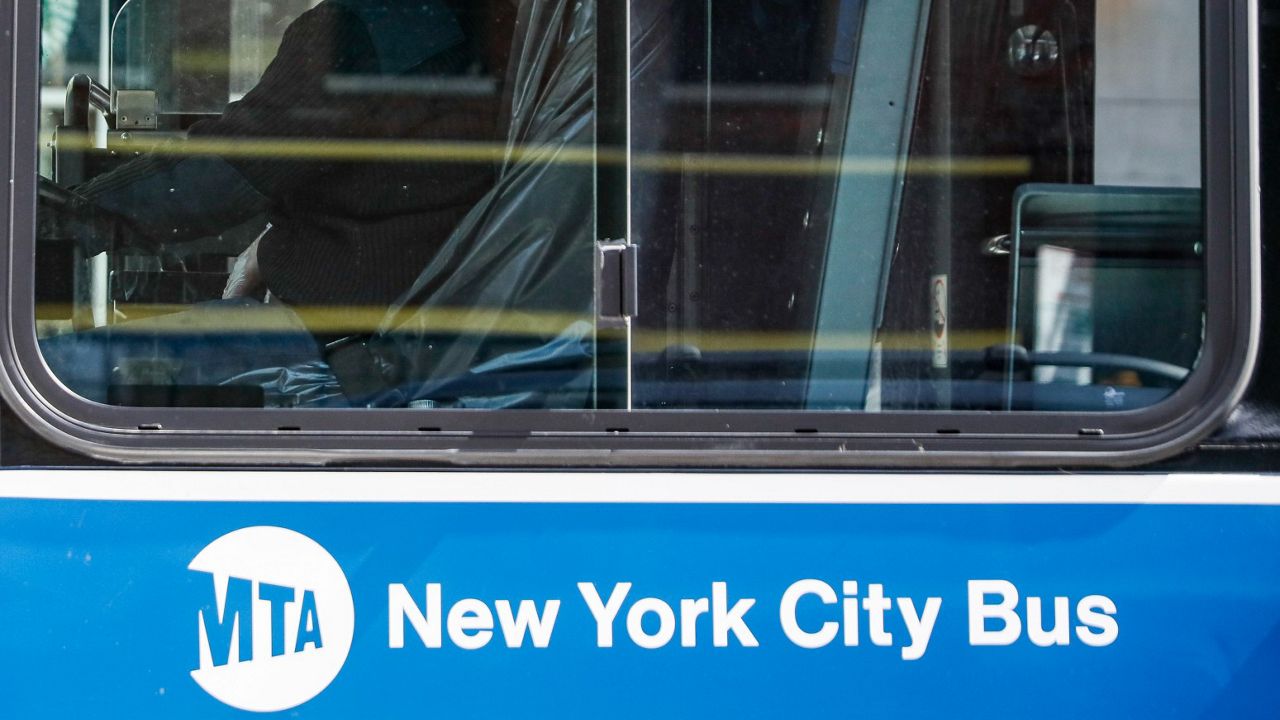The city’s Department of Transportation is turning 31st Avenue in Astoria, Queens, from a two-way street into a one-way street.
Some drivers say the redesign is creating more traffic. Meanwhile, supporters of the 31st Avenue transformation say it’s part of an effort to make the streets safer for cyclists.
What You Need To Know
- The 31st Avenue in Queens runs east to west, and 1.1 miles of the avenue is now being transformed into a bike boulevard from Steinway Street all the way to Vernon Boulevard
- Longtime Astoria residents like Michael Foulk, who lives nearby and drives, said the changes create confusion and gridlock
- Meanwhile, cyclist Alana Herlands said she feels safer now and more likely to ride her bike to get to where she's going
It's a bike ride Alana Herlands said she feels safe pedaling.
“A lot of these changes in New York City actually have been making me feel safer, and more likely to ride my bike to actually get to where I’m going,” Herlands said.
She said she’s happy the department redesigned the stretch of 31st Avenue in Astoria.
“What’s really cool about 31st Avenue is that traffic is only coming in one direction now. And so when I cross the street, I’m actually only looking in one direction,” Herlands said.
The city began installing the bike boulevard along 31st Avenue in August 2024.
The 31st Avenue runs east to west, and 1.1 miles of the avenue are now being transformed from Steinway Street all the way to Vernon Boulevard.
Two-way traffic — made one-way — to get cars off the avenue and onto side streets.
“It’s becoming more of a challenge just to make it four or five blocks,” Michael Foulk, a longtime Astoria resident who lives nearby and drives, said.
He said the changes create confusion and gridlock.
“If you’re going to work, if you’re taking your child to something, you’re running late,” he said. “I’m already seeing people running the lights here, again, because the traffic is getting backed up.”
Foulk said he supports bike lanes — just not at the expense of drivers, saying the redesign has made 15-minute trips twice as long.
“It feels like it’s sort of an attack, for a lack of a better term, on working-class people. People that are relying on having to drive, that have to commute, whether you have to take kids to school, you have to drive to work,” Foulk said.
The 31st Avenue Open Street group pushed for the redesign and conducted a community-wide survey in 2023, receiving overwhelming support from residents.
In a statement provided to NY1, the DOT wrote, “Every New Yorker deserves safe streets, and the redesign of 31st Avenue uses proven techniques to better protect pedestrians, cyclists, drivers, and all who share our streets.”
Larissa Baczyk, who runs a dog grooming business called Squeaky Clean Dog Grooming on 31st Avenue, said she has a loyal customer base, but worries about how the redesign will impact her and other small businesses in the long-run.
“There is no way of getting here in a direct route. Everybody has to go way out of the way just to make a left turn to get here to 31st Avenue, so it’s just been very inconvenient,” Baczyk said.
Baczyk said she has a front-row seat to the gridlock.
Meanwhile, cyclists like Herlands believe the redesign makes the streets work for the most amount of New Yorkers.
According to the DOT, phase one of the project is still underway, with construction up to Steinway Street picking back up in the spring.
The department also said phase two of the project, from Steinway Street up to 51st Street, won’t get started until after a meeting with Community Board 1 later this year.
The DOT said it will monitor the redesign project, and changes are possible.




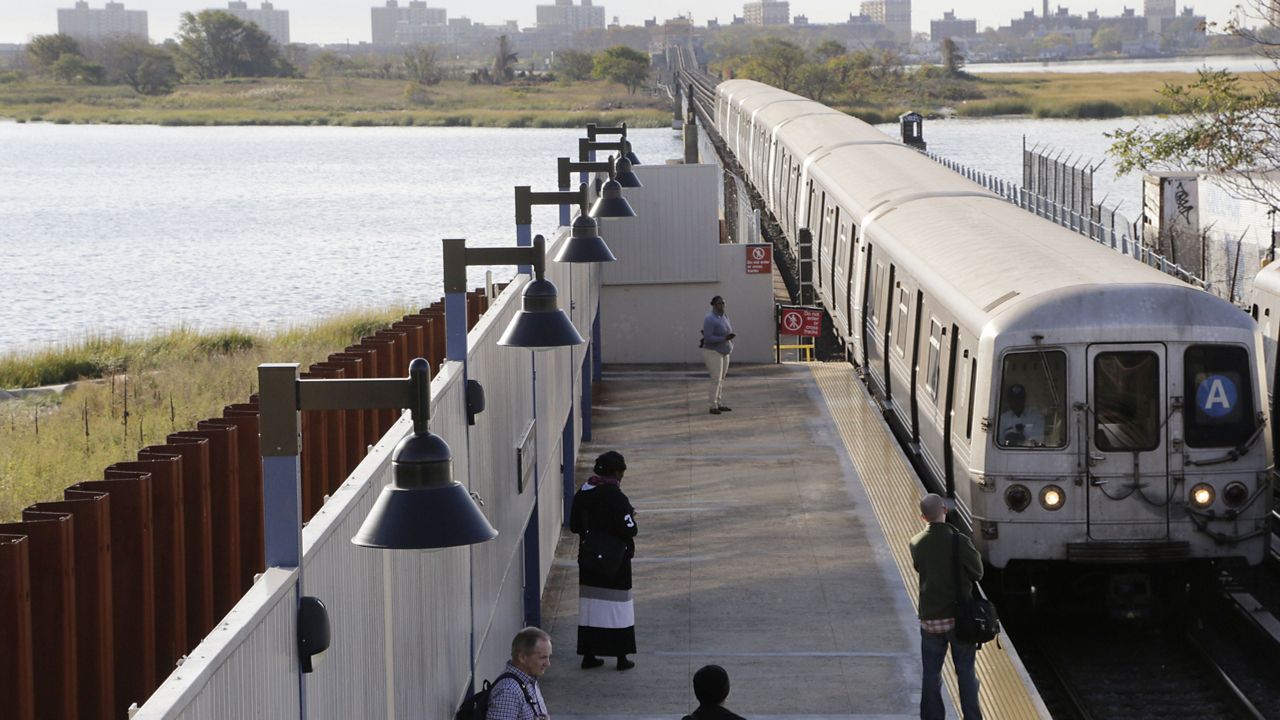
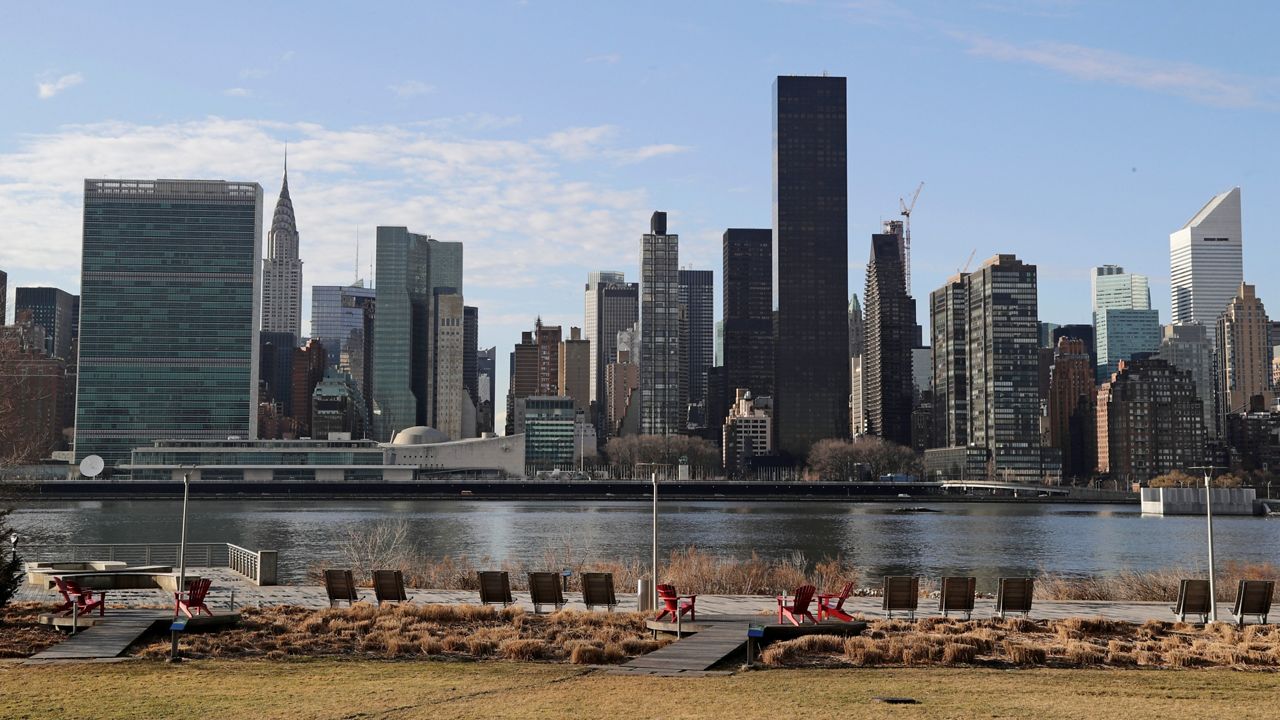
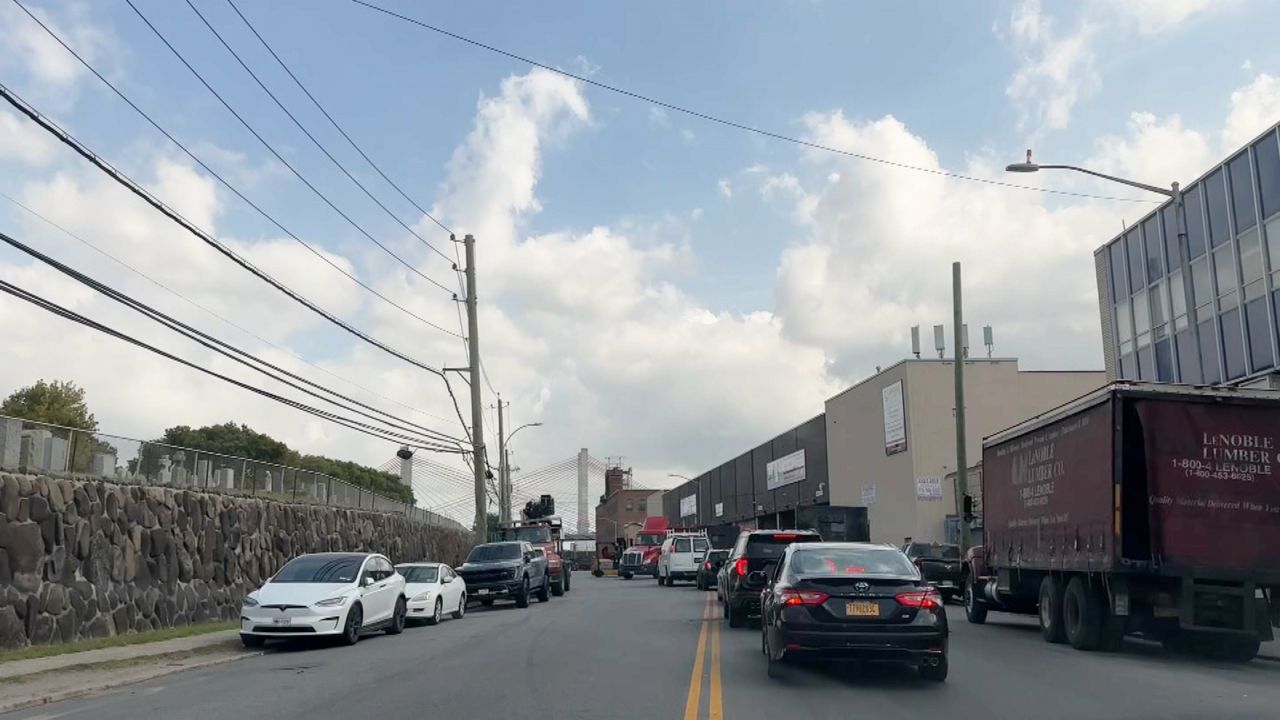
_DNT_JFK_REDEVELOPMENT_130959390_7386)
